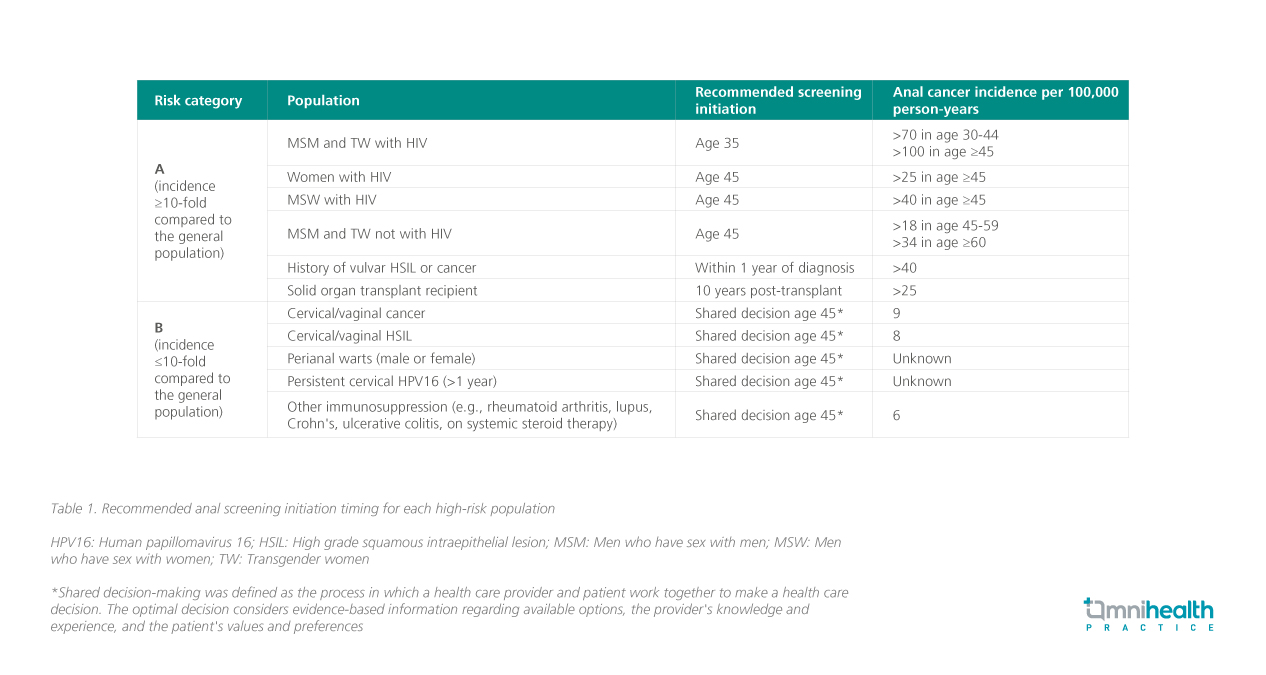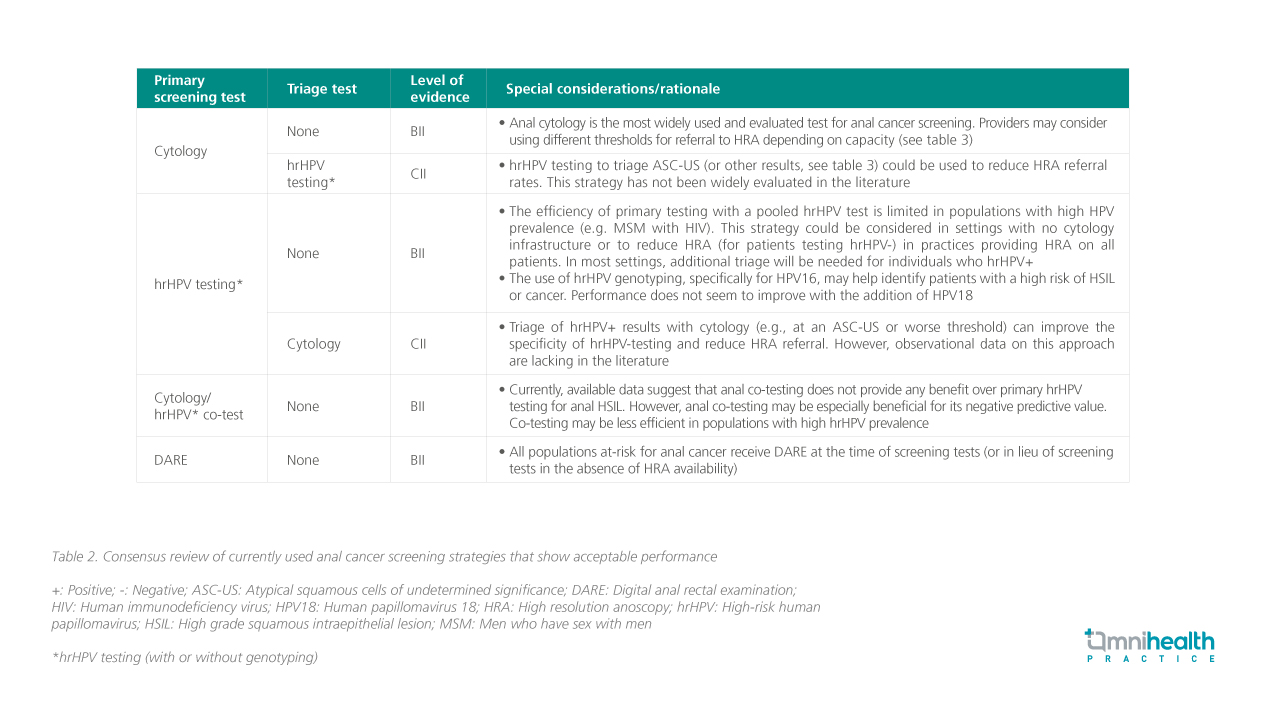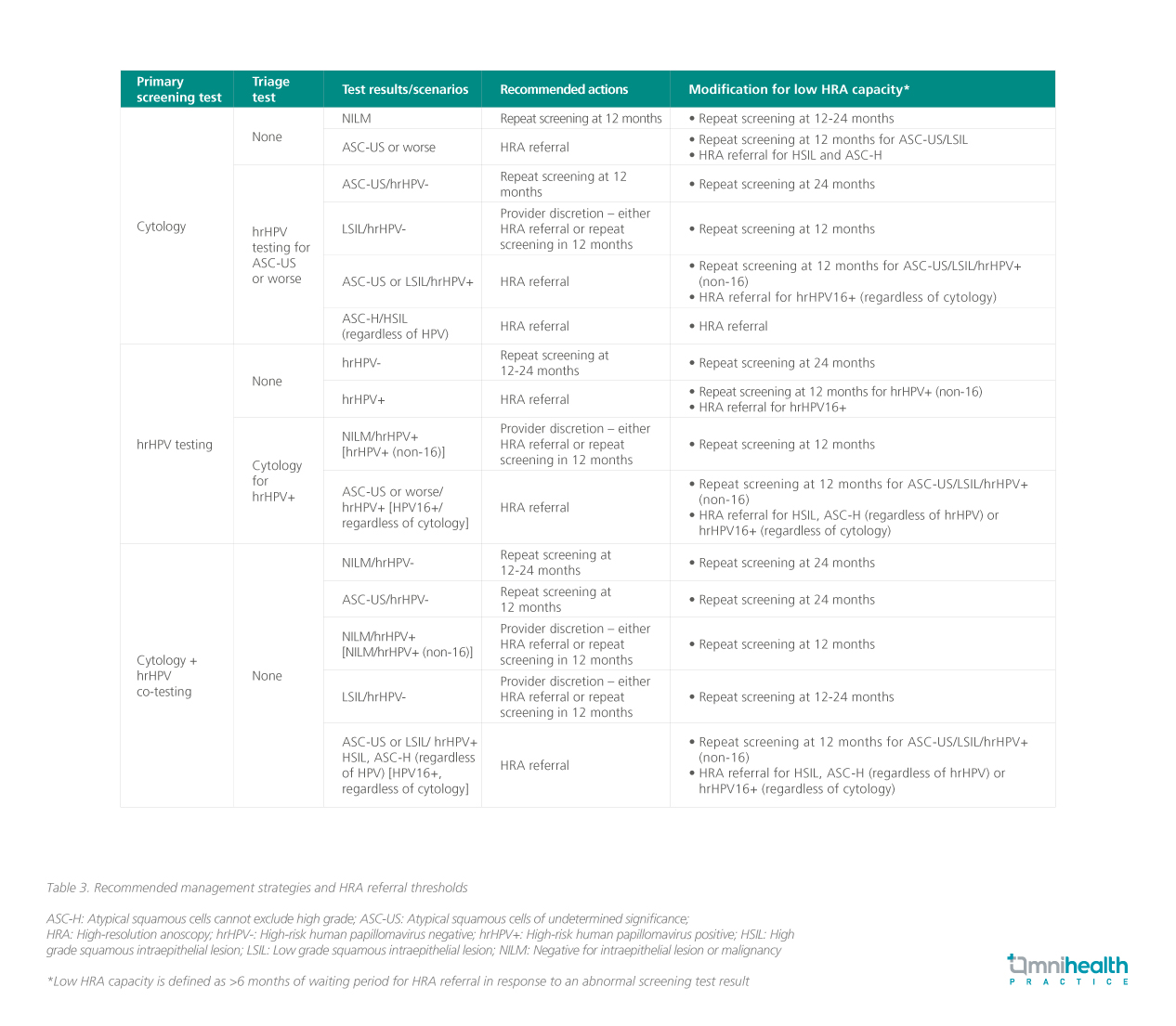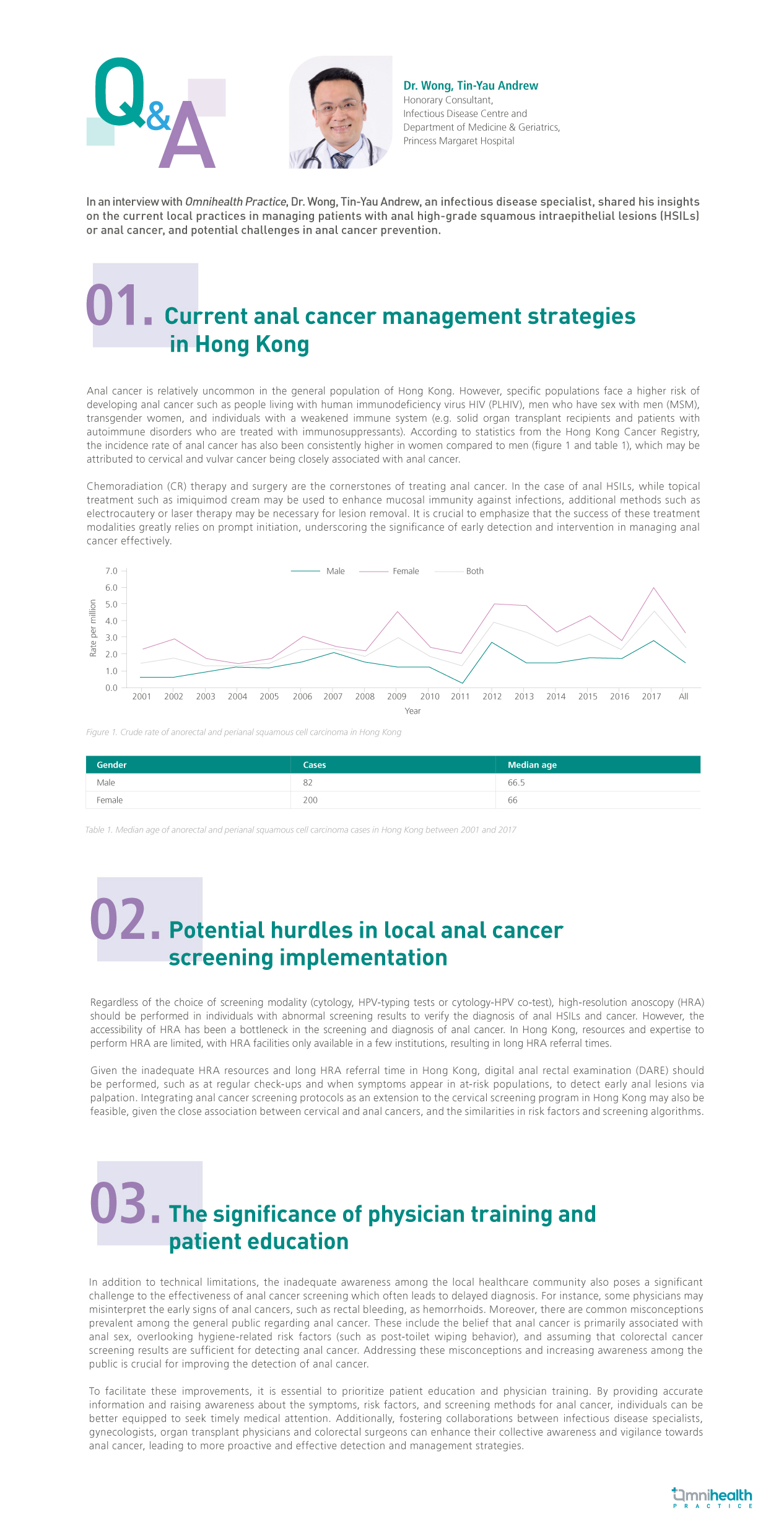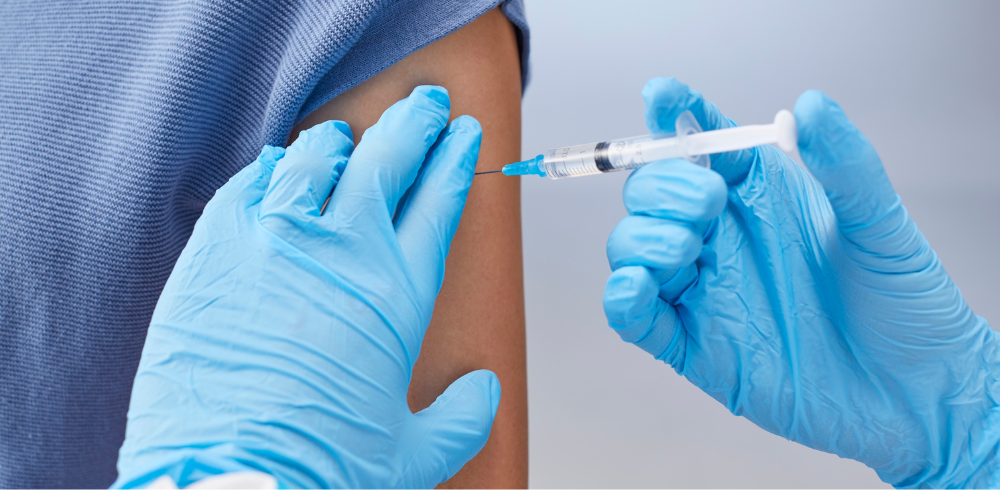Forging the framework for anal cancer detection among high-risk populations: The IANS consensus guidelines for anal cancer screening
9 May 2024
Share
Anal cancers are predominantly preceded by screening-detectable high-grade squamous intraepithelial lesions (HSILs).1 Despite being relatively uncommon in the general population, possessing an incidence rate of 1.7 per 100,000 person-years, anal cancers disproportionately affects specific groups of individuals, particularly people with human immunodeficiency virus (HIV), solid organ transplant recipients and women with a history of vulvar cancer or precancer.1
Given the recent establishment that treating anal HSIL reduces the risk of anal cancer in people with HIV, and the emergence of data on the risk of anal cancer among other groups and the performance of anal cancer screening tests, pre-existing anal cancer screening guidelines would benefit from an update.1-2 As such, the International Anal Neoplasia Society (IANS) developed consensus guidelines for anal cancer prevention and early detection to assess the needs, develop evidence-based guidance, and address knowledge gaps in anal cancer screening.1
The initial IANS task force comprised 17 international experts representing 6 countries with a wide range of professional expertise including epidemiology, decision science, pathology, public policy, infectious diseases, gynecology, colorectal surgery and high-resolution anoscopy (HRA) providers. To account for variability in discipline, geography, and under-represented populations, the IANS task force was expanded to a total of 60 experts, which represents 19 countries.1 Priority areas for guideline improvement included establishing (1) the populations to screen based on the evaluation of anal cancer incidence in each group (table 1), (2) the screening tools to recommend (table 2), and (3) the management of results and threshold for HRA referral (table 3).1 Recommendation strength (A-E) and quality of evidence (I-III) using the same grading system applied to the US multi-organizational cervical cancer screening and management guidelines were assigned where applicable.1
References
- Stier EA, et al. International Anal Neoplasia Society’s consensus guidelines for anal cancer screening. Int J Cancer. 2024; 1-9
- Palefsky JM, et al. Treatment of anal high-grade squamous intraepithelial lesions to prevent anal cancer. N Engl J Med. 2022;386:2273-2282.
